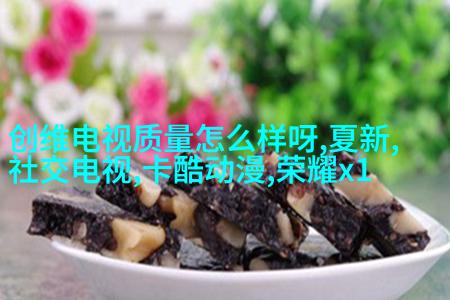
日本人的水多多探索一个文化中的饮用水习俗
日本人的水多多:探索一个文化中的饮用水习俗

在日本,水不仅是生命之源,也是日常生活中不可或缺的一部分。人们对水的态度体现在其饮食、生活方式乃至文化传统中。以下六点概述了日本人与水的关系,以及这种关系如何影响和塑造了他们的生活方式。
水之美

ZLJZLJZLJ日本人对于自然美景有着独特的情感,这种情感在它们对自然界中最基本元素——水的欣赏上得到了体现。从山川到溪流,从湖泊到海洋,每一处都成为了一幅生动的地图,激发了无数艺术作品和文学创作。这不仅体现在大型画作和雕塑上,也反映在日常生活的小物件如陶瓷器皿和装饰品中。
水与茶道

Japanese tea ceremony, also known as Chanoyu, Sado or Ocha, is a ritual in which green tea (Matcha) prepared for guests. The emphasis on the art of the preparation and serving of Matcha has led to a heightened awareness of water's role in this process. Water quality and temperature play a crucial part in bringing out the full flavor of the tea leaves.
饮食中的水分配

In Japanese cuisine, water plays an essential role not only in cooking but also in food presentation. A sushi chef's skillful use of wasabi and soy sauce to enhance flavors is closely tied to their understanding of how these condiments interact with water.
日式浴池(温泉)文化

Bathing culture is deeply rooted in Japan's history and tradition, with many people visiting public baths called "onsen" or hot springs resorts for relaxation and rejuvenation.
日本农业与灌溉技术
Irrigation systems have been used for centuries to support agriculture throughout Japan's history, from ancient rice paddies to modern high-tech greenhouses.
环保意识与节约用水精神
Environmental consciousness has become increasingly important aspect of Japanese society today, leading many individuals and businesses adopting sustainable practices such as reducing waste by recycling rainwater or using greywater systems at home or office premises.
通过这些不同的角度,我们可以更深入地理解为什么“ZLJZLJZLJ日本人”对待“多多”的态度如此特别,并且这一态度如何渗透于他们的社会结构、文化实践以及个人日常生活之中。



